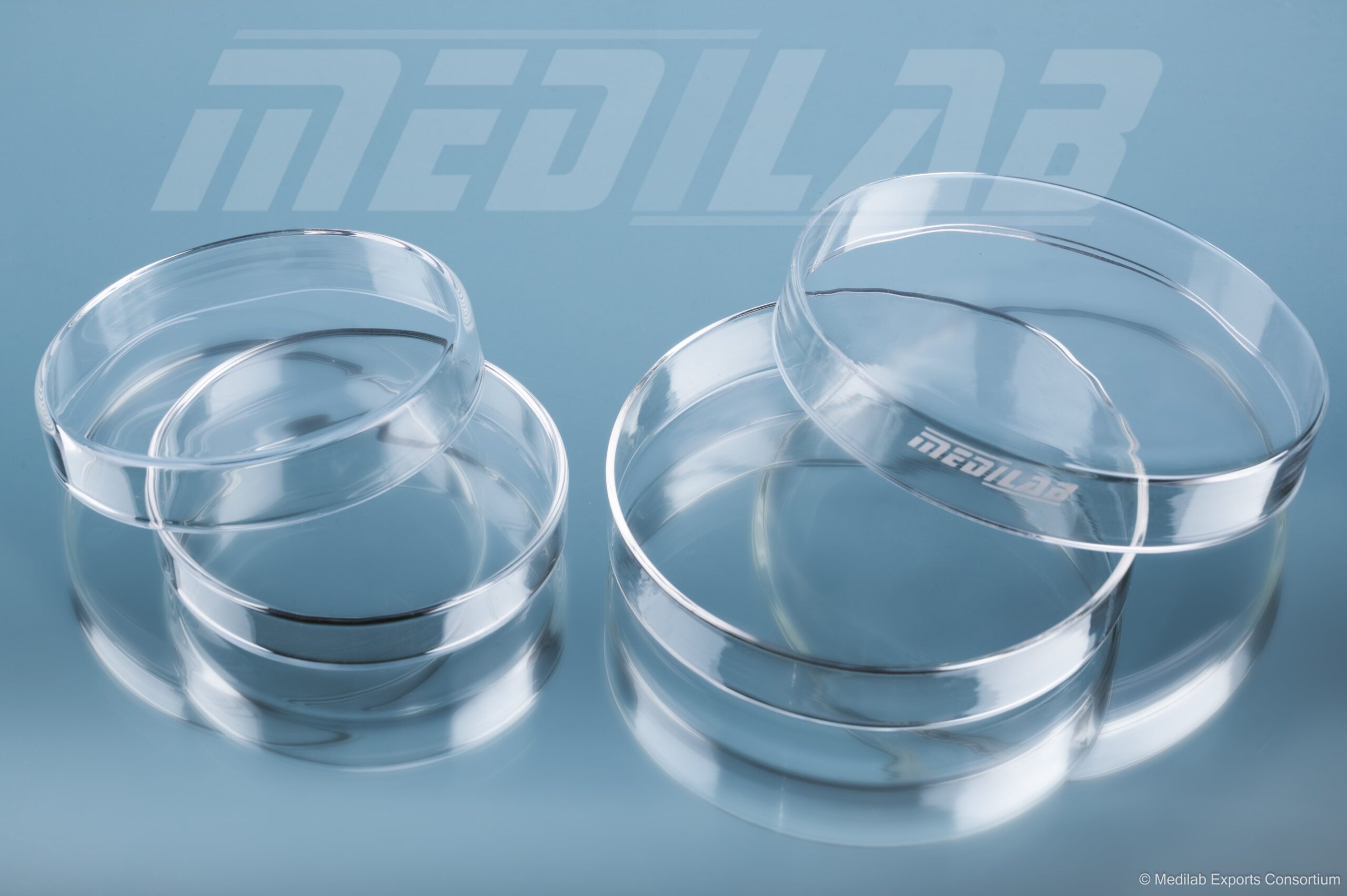Petri dishes are an indispensable tool in scientific research and laboratory work. Named after German bacteriologist Julius Richard Petri, these shallow cylindrical lidded dishes are primarily used for microbiological culture studies. Whether in academic institutions, pharmaceutical labs, or medical research facilities, Petri dishes play a crucial role in scientific discoveries and advancements.
What is a Petri Dish?
A Petri dish is a round, flat-bottomed, transparent dish with a loose-fitting lid. It is typically made of glass or plastic and is used to culture bacteria, fungi, and other microorganisms. The dish provides an ideal environment for microorganisms to grow when filled with a suitable nutrient medium like agar.
Common Uses of Petri Dishes-
1. Microbial Culturing
Petri dishes are commonly used to grow and observe bacterial and fungal colonies. Scientists use different types of agar to provide nutrients for specific microbial growth.
2. Antibiotic Testing
In pharmaceutical research, Petri dishes are used to test the effectiveness of antibiotics by observing bacterial growth inhibition around antibiotic-containing discs.
3. Cell Culture Studies
In biomedical research, cell cultures in Petri dishes allow scientists to study cell behavior, tissue growth, and drug effects on cells.
4. Environmental Monitoring
Petri dishes are used to collect air and surface samples to monitor microbial contamination in hospitals, food industries, and other sensitive environments.
Types of Petri Dishes-
Petri dishes come in various materials and designs to suit different laboratory applications.
1. Glass Petri Dishes
- Reusable and autoclavable
- Preferred for high-temperature sterilization
- Used in microbiological research and cell culture
2. Plastic Petri Dishes
- Disposable or reusable (depending on material)
- Often made of polystyrene
- Suitable for sterile environments and large-scale microbial testing
3. Vented vs. Non-Vented Petri Dishes
- Vented: Allow air circulation, ideal for aerobic microbial growth
- Non-Vented: Minimize evaporation, used for anaerobic cultures
Best Practices for Using Petri Dishes-
- Always sterilize glass Petri dishes before use to avoid contamination.
- Store plates in an inverted position (lid facing down) to prevent condensation from disturbing cultures.
- Use aseptic techniques to prevent cross-contamination when handling Petri dishes.
- Dispose of used plastic Petri dishes properly by autoclaving or following biohazard disposal protocols.
Conclusion-
Petri dishes are an essential component of laboratory research and medical diagnostics. Their versatility in culturing microorganisms, testing antibiotics, and studying cellular structures makes them a staple in scientific advancements. Whether you are a researcher, student, or industry professional, understanding the uses and types of Petri dishes enhances your ability to conduct accurate and effective laboratory experiments.
Looking for high-quality laboratory glassware, including Petri dishes? Contact MEDILAB today for reliable lab supplies!



